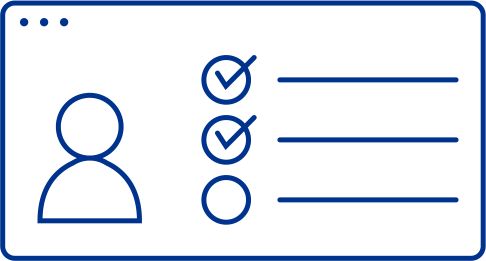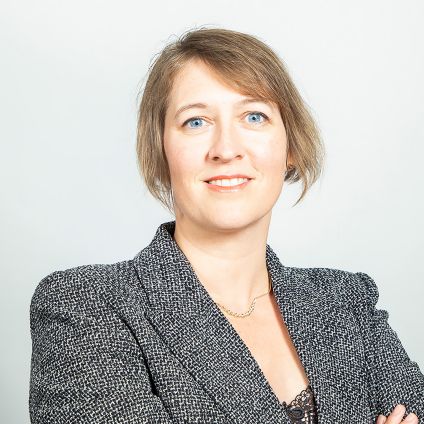Building a strong foundation against an unpredictable market
In April 2022, Circular 22/806 was released. This Luxembourg circular focused on the requirements and possible frameworks for outsourcing arrangements. This regulatory update forced many Luxembourgish companies to review their operating models.
Circular 22/806, like any other regulatory update, is one of the many market forces that can have an impact on an organization’s operating model. These disrupting forces range from small and internal (an unstable team structure or a merger and acquisition) to global tidal shifts (such as changes in European trade alliances). Even though Luxembourg provides stability in many perspectives, market forces - to a certain extend - remain unpredictable, and the instability they bring is felt more heavily by companies with poor operating models. Every organization should prioritize the design and implementation of an operating model that is built to withstand market disruptions. So, how can you find the best operating model that ensures efficiency for your organization?
The limits of insourcing
When looking at operating models, we must start by examining the pros and cons of one of the most straightforward options: insourcing. An insourcing-based operating model is centered around gaining or maintaining control over processes and employee retention. However, as many players have discovered, it is a model limited by your team’s time, expertise, and by the fact that not every Investment Manager or family office is ready to scale up their fund operations by investing in technology and expert staff. It’s clear to see why investment managers are often choosing to outsource to build stronger operating models.
Finding the right outsourcing option
When it comes to outsourcing, the market is flooded with possibilities. Which one is the best fit for your specific needs? At first sight, a one-stop-shop would be the most convenient way for fund managers looking to navigate international mandates while keeping governance processes efficient. Part of the allure of a one-stop-shop is that it encompasses different service areas under one roof, but these service areas are usually excluding valuation, tax and operational advice.
Alternatively, funds can also opt for a segregated service provider set up with a focus on alternative investment fund management (AIFM), fund administration and full scope depository services. This type of set up has a broad multidisciplinary offering, a shared governance approach, and deep grounded expertise on fund administration and depository banks, building on established workflow models for efficient integration. If established correctly, both types of providers offer the advantage of having just one point of contact.
Matching your needs with the right provider
Depending on your organization’s goals, certain set ups may be more suitable. Are you just looking to free up time for your team and get technological support? In that case, a basic one-stop-shop would suit this cost-focused operating model.
But what if you are looking to go beyond basic support? Perhaps your organization’s goals are more in line with next-level factors such as operational expertise and deeper technical knowledge like valuation or support in setting up operational models that meet the Luxemburgish substance requirements. If additionally, your investors insist on split governance workflows, then the independent governance approach with multidisciplinary services would be a better choice. These providers can administer broad range of services, are familiar with the fund industry’s unique aspects, and are staffed with experts.
Additional considerations
The scope of services offered is usually the first factor that is considered by potential clients, but there are other details that must not be overlooked. An exceptional service provider focuses on its people, corporate culture, and technological standards. Hiring strategies and retention activities must be monitored and factored in when choosing the best set up. Access to expertise and documented technology-driven processes are key to avoiding interruption by external market factors. Getting to know the team and examining their technology (from which you will gain a clear view of the service providers’ full capabilities) are required to grant an efficient operating model and apply good governance.


